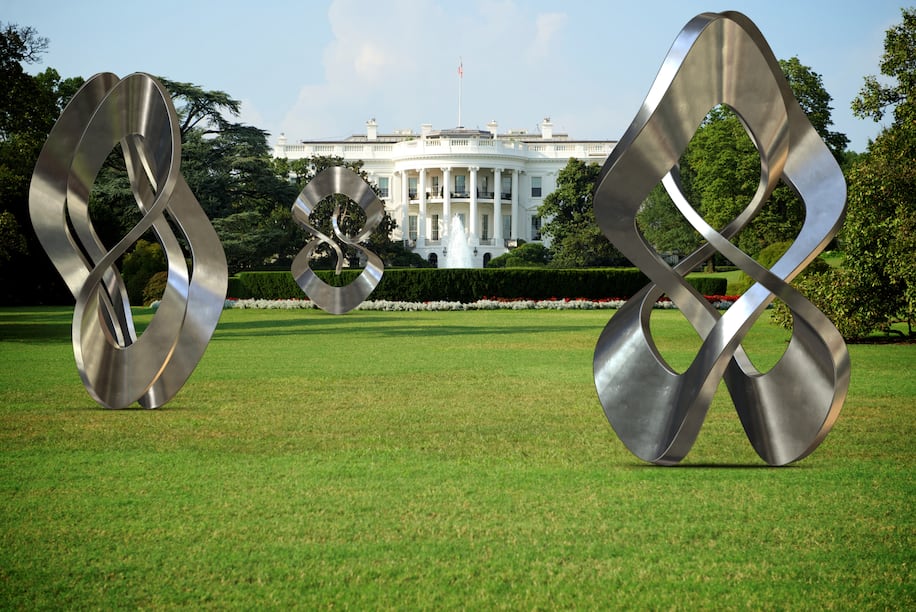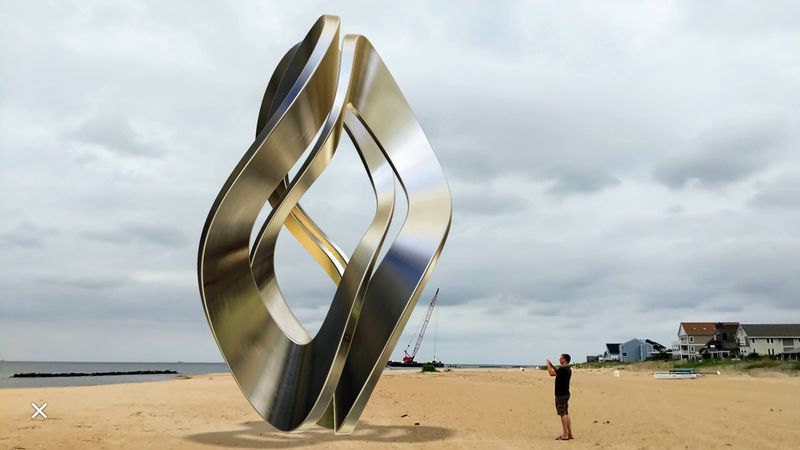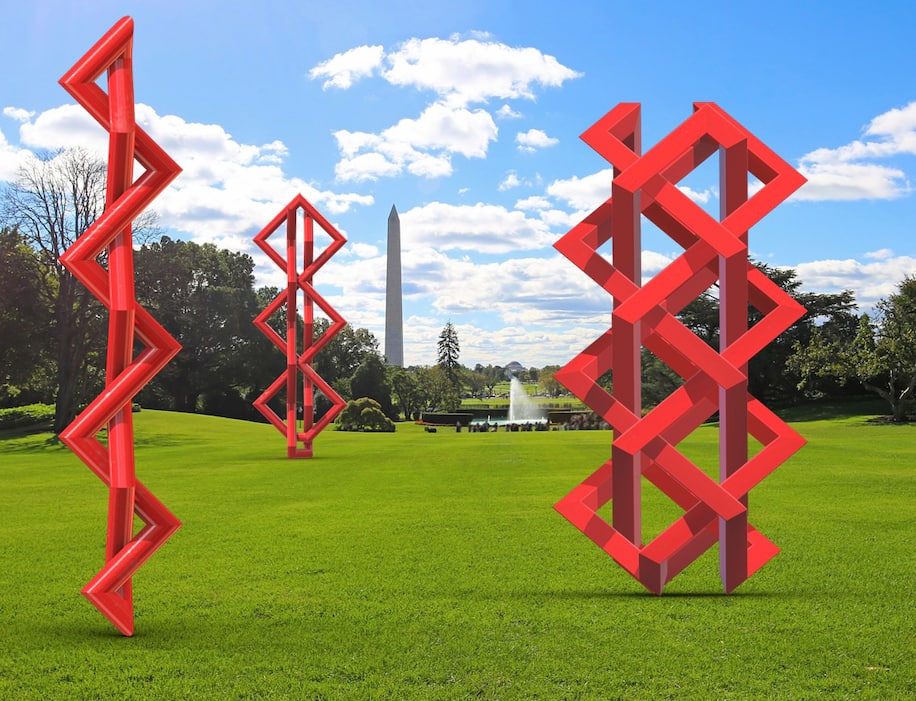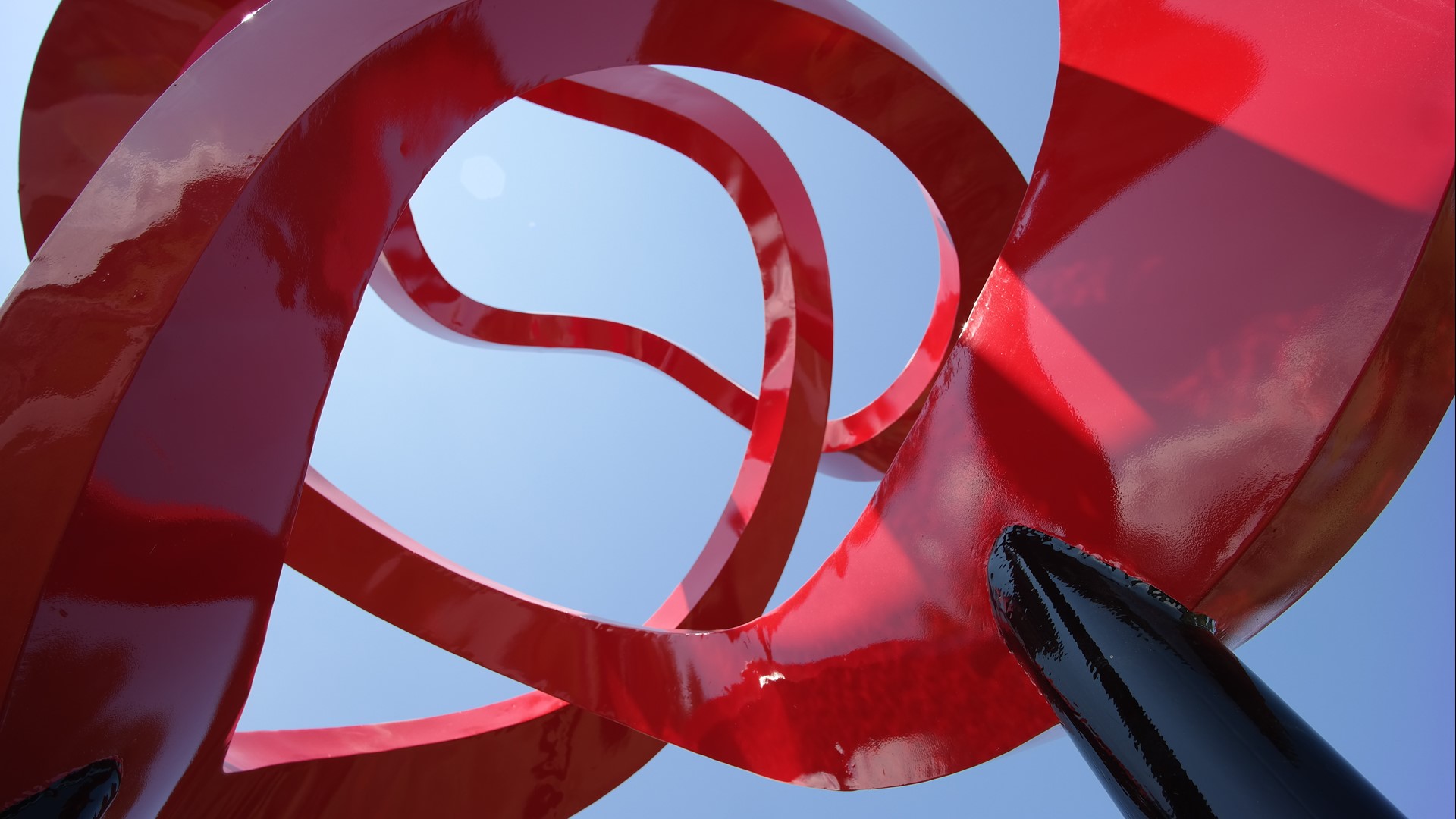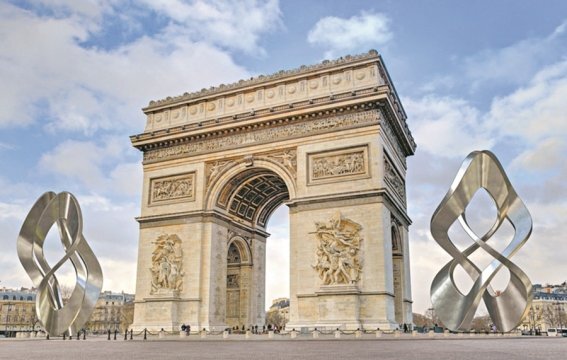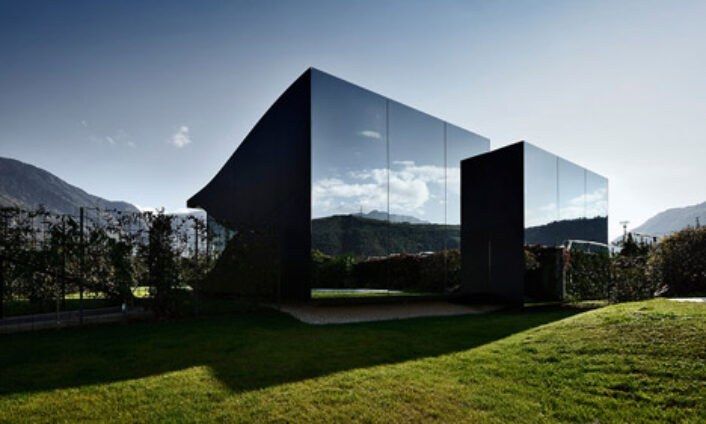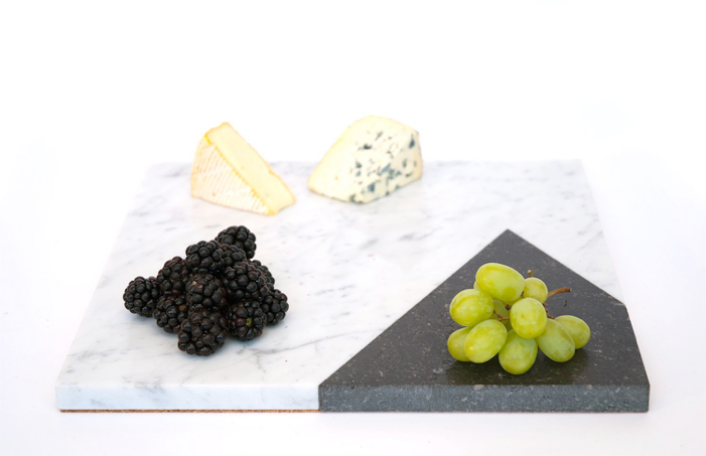Bakker told Mark Jenkins of The Washington Post, “Sometimes I feel I’m more of a discoverer than a sculptor.” He continues, “I like to have structures that are really different depending on how you look at them. I encourage people to look at things from all sides.”
Global Perspective: Math, Art and Architecture Around the World is on view through 2021 in locales worldwide. At the end of the day, a park, whether it contains virtual sculptures or not is… still a park. Bakker says, “I hope that people will still say, ‘Let’s go out to a beautiful place.'”
